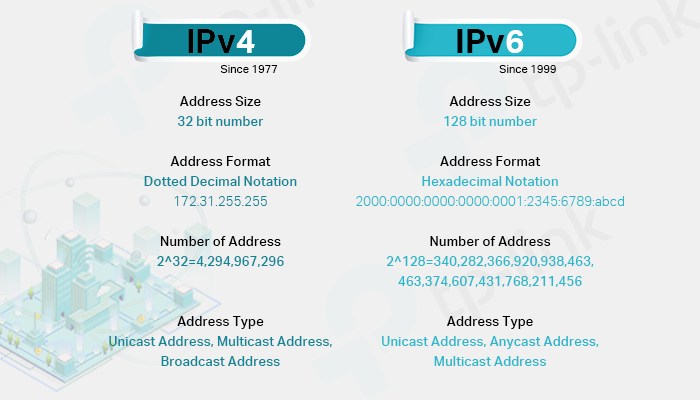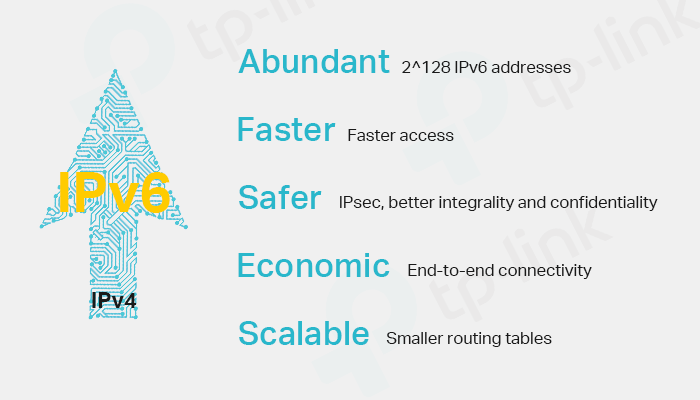What Does Running Out of IPv4 Mean? What Is IPv6?
November 25, 2019 reminded everyone that IP addresses are not unlimited. RIPE NCC announced to the networking community that they’ve allocated their last IPv4 addresses. Thanks to years of preparation and foresight, however, transition away from IPv4 to IPv6 will come smoothly.
What is IPv4? How did IPv4 run out?
The IPv4 communication protocol was created in 1977 by Vinton Cerf—often referred to as the “Father of the Internet." IPv4 allowed computers to connect globally and had a limit of addresses totaling 4.29 billion, a number that seemed at the time sufficient.
However, ever since the fast development of the mobile internet, IP addresses were needed for both fixed networks and mobile networks. This was especially exacerbated by the internet population reaching 4.5 billion in 2019 with 292 million in the US, 560 million in India, and 854 million in China.
As a result, those 4.29 billion IPv4 addresses are drying up around the world with Europe, Eastern Europe, and West Asia being the latest to run out.
How does this affect everyone? Are IPv4 and IPv6 even compatible?
Whereas mobile devices led to a sizeable increase of IP addresses, the ever-increasing number of smart home appliances and smart wearable devices is now exploding this number. All of these need IP addresses.
IPv6 and IPv4 are incompatible. They have 2 different character strings in format, length, and size. Fortunately, we can make them communicate through technology such as Tunneling, Dual Stack and NAT-PT. Manufacturers have prepared products that support both IPv4 and IPv6 years before.
What’s the difference between IPv4 and IPv6?

IPv4 address sizes are 32-bit; however, IPv6’s are 128-bit, which—thinking spatially—could cover the globe at 1,000 addresses every square meter. In addition, IPv6 improves upon IPv4 with end-to-end connectivity, QoS, security, and even mobility.
How does IPv6 benefit everyone?

The biggest benefit is seemingly endless addresses. For customers, though, IPv6 is faster and safer to surf on the internet. It decreases the possibility of being infected by malware.
Even though this is likely the end of the IPv4 era, there’s little to worry about. Many big companies, like TP-Link, have already been deploying networking devices with IPv6 addresses for years. Many routers and other networking devices now support both IPv6 and IPv4—with more always on the way. We believe that IPv6 will ultimately open many minds to the possibilities of the near future.
About TP-Link
TP-Link has been dedicated to the research and development of network equipment for over 23 years, giving it a hard-earned reputation for reliability. It’s worthwhile to anticipate more of the same in all of our products.
Is this faq useful?
Your feedback helps improve this site.
TP-Link Community
Still need help? Search for answers, ask questions, and get help from TP-Link experts and other users around the world.